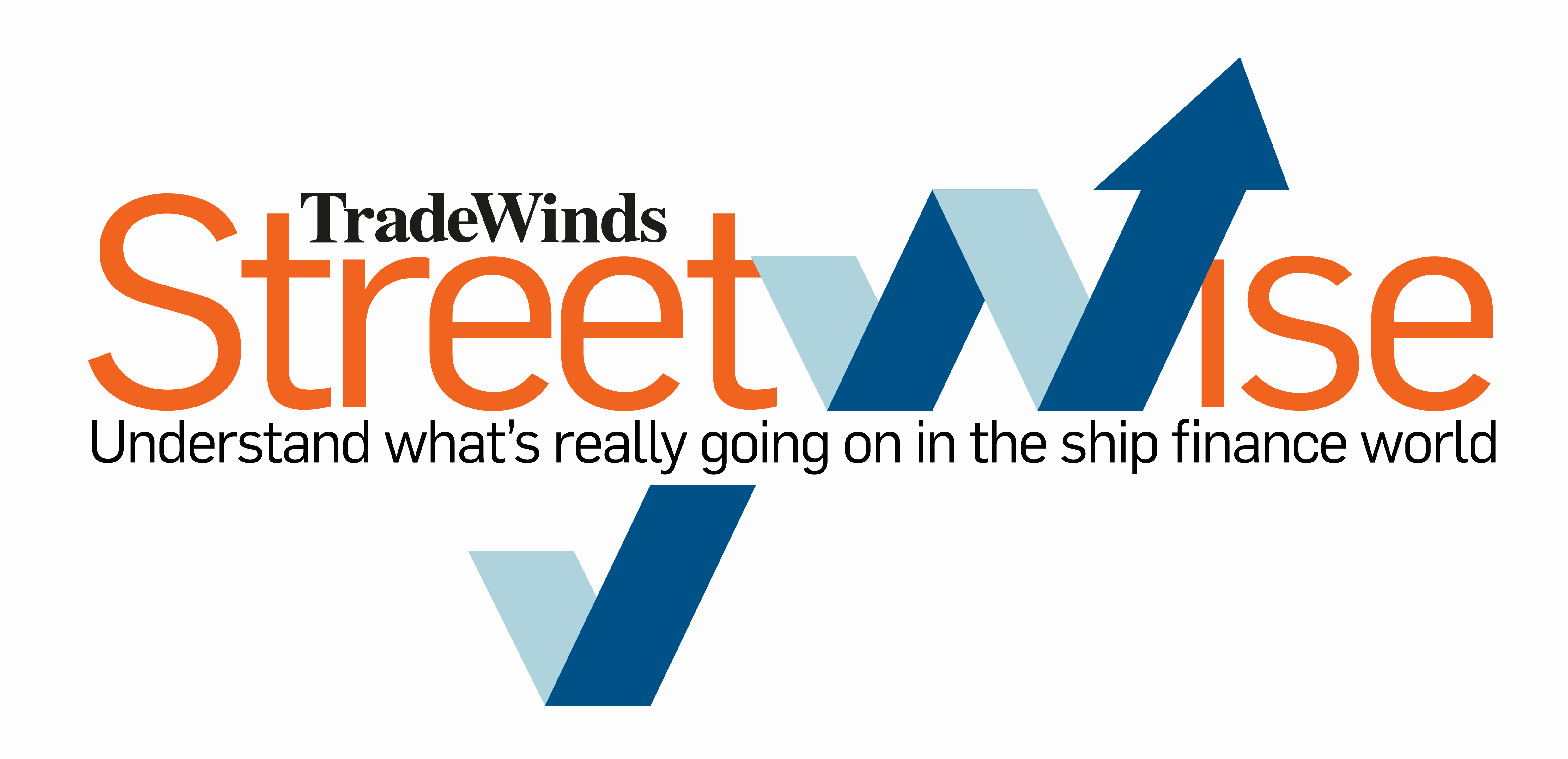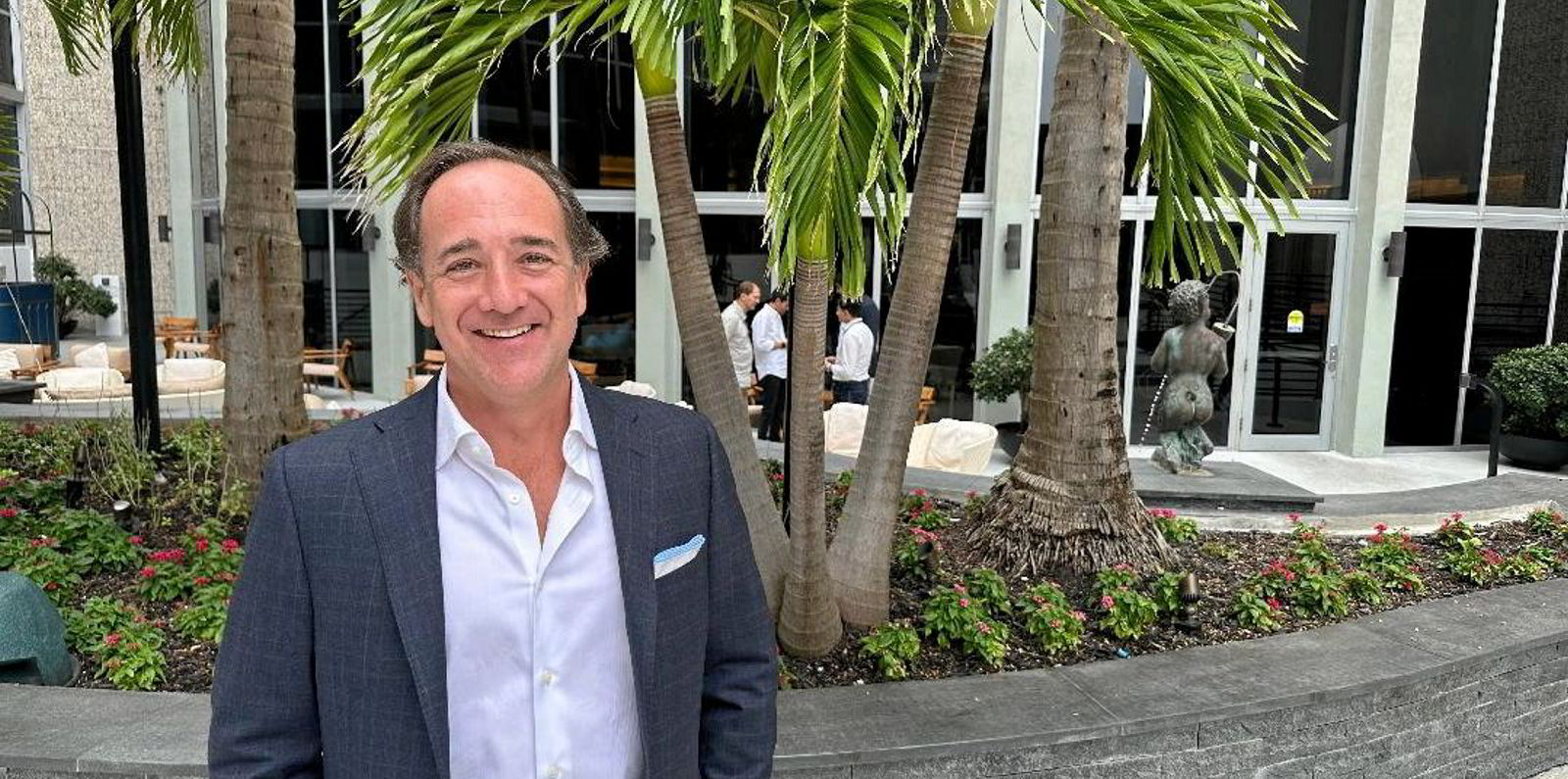New York-listed Genco Shipping & Trading is considering selling the three smallest capesize units in its fleet, and this time it was the accountants who let it leak rather than chatty shipbrokers.
The Manhattan-based company said in its earnings statement this week that it was forced to take a non-cash impairment charge of $28.1m as estimated future discounted cash flows on the three bulkers did not exceed their net book values.
The three would appear to be the 169,000-dwt Genco Commodus and Genco Maximus (both built 2009) and Genco Hadrian (built 2008).
“We are evaluating divesting [the capes] as part of fleet renewal with third special surveys scheduled in 2024,” Genco said in the statement.
That news came as Genco also revealed during its earnings call that it had bolstered its capesize stable, currently at 17, with the acquisition of a scrubber-fitted, 2016-built bulker, to be renamed Genco Ranger, for $43.1m.
US bokers relate this is Sinokor's 181,100-dwt Chow (built 2016).
The sale-and-purchase activity drew attention from equity analysts as Genco reviewed its third-quarter results, an adjusted loss of $0.09 per share, on its investor call.
“If you look at our fleet, we had some older capes, some of the 1970s. So our intention is to ultimately replace those with newer, higher-spec eco vessels,” said chief executive John Wobensmith.
“So we’re looking at that and working on a few things right now.”
Wobensmith added that four of the company’s supramaxes, the 58,000-dwt Genco Auvergne, Genco Ardennes and Genco Aquitaine (all built 2009) and Genco Bourgogne (built 2010), fit into the same bucket, with dry-dockings scheduled for next year.
“So the intention would be to try to save on the capex numbers by disposing of those and deploying capital for newer vessels,” Wobensmith said.

“We’re obviously trying to reduce our carbon footprint, but we have the EU [Emissions Trading System] coming into play starting next year. So particularly with the ultras and supras, we want to be as efficient as we can to keep those costs down and be in a better position to trade to Europe.”
Jefferies lead shipping analyst Omar Nokta observed that Genco had been more active in acquiring midsize tonnage in recent years than capes, but Wobensmith explained that this did not signal a change in Genco’s traditional “barbell” approach to fleet composition.
“It’s still the barbell approach,” Wobensmith said. “We like the capesize exposure. It’s very difficult to get your hands on eco tonnage right now. We’ve only seen a few trades this year in 2023, including the Genco Ranger. So when they do come up, you want to move on them quickly and be very precise about it, which is what we did here.”





